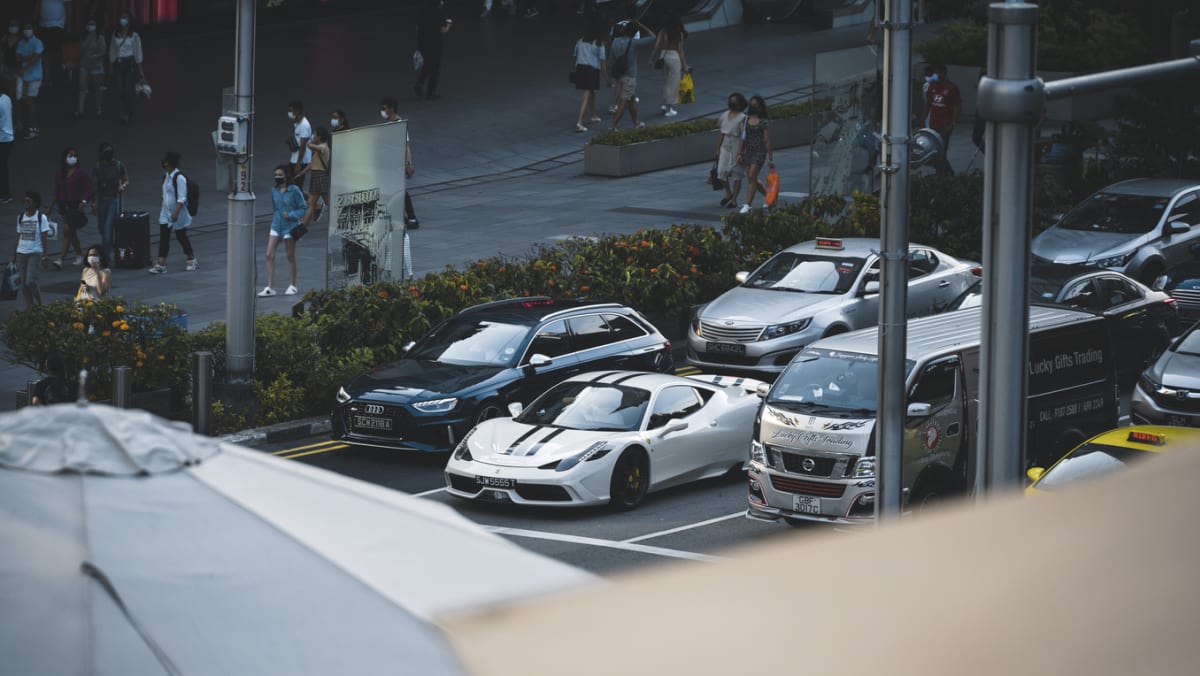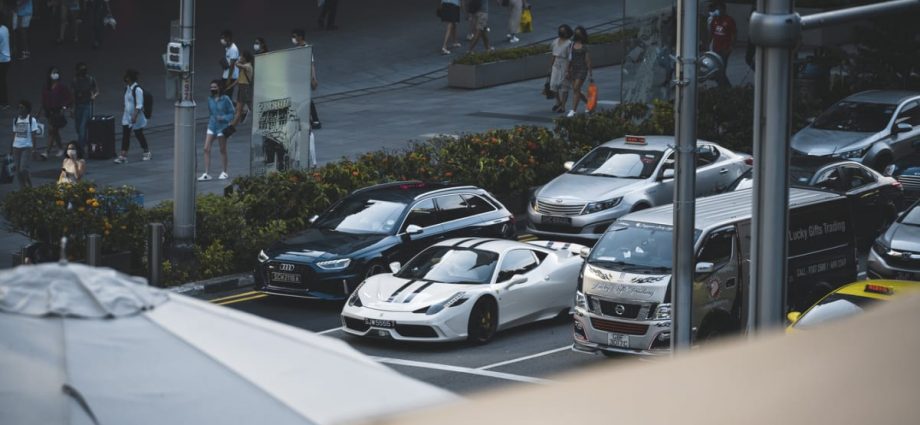
COST OF LUXURY CARS LIKELY KEPT HIGH DUE TO “PRESTIGE”
As the demand for luxury cars is unlikely to dip, the cost of these vehicles is unlikely to decrease too.
“In the case of high-end vehicles in Singapore, it is well known that sellers have extremely large margins – the difference between the retail price and the cost of sales – generally in the tens to hundreds of thousands of dollars for the most expensive vehicles,” said Associate Professor Walter Theseira who teaches economics at the Singapore University of Social Sciences.
“This is because many high-end vehicles have limited allocations or production runs, and there is a prestige value to owning a rare vehicle in Singapore. So sellers which control distribution of limited availability vehicles have been able to command very high premiums.”
Assoc Prof Theseira noted that he expects “very little” impact on overall sales of the “most exclusive vehicles”, as a price or tax increase “further reinforces the exclusivity of the vehicle” for that segment of the market.
“Part of the point of owning a supercar is to convey the impression that you are extremely wealthy, which is helped by a substantial increase in tax costs,” he said.
“For that segment of the market, it will probably be macroeconomic factors relating to their sources of wealth, such as property and stocks, that will be more important in determining sales than this ARF increase.”
In the short term, luxury car ownership should not change due to the “self-compensatory correction of prices”, added Assistant Professor Raymond Ong from the Department of Civil and Environmental Engineering at the National University of Singapore
“The number of new cars bought, which drives down prices through COE or market demand, will negate the cost of buying a car due to increase in ARF,” he explained.
Dr Ong, who researches transport infrastructure, said that the policies are “very targeted at portions of the population that buy luxury cars”, and hence are more likely seen as “an additional cost of ownership” to this group of owners or potential owners.
“This group may be generalised into two subgroups: One who will buy these cars because they are financially in the position to do so, and the second are those who may be buying the lower end of the luxury car range due to their net wealth growth and decide that it is okay to pay more for the luxury branding,” he said.
The first group of individuals is not going to be affected, “no matter what changes”. They will continue to buy these cars “simply because they can afford to do so”.
But the second group, added Dr Ong, might think twice before buying a luxury car.
When that happens, the cost of ownership of non-luxury cars may increase. This group of owners or potential owners might choose to “downgrade” and “compete with other potential buyers of non-luxury cars”, hence driving demand up.

